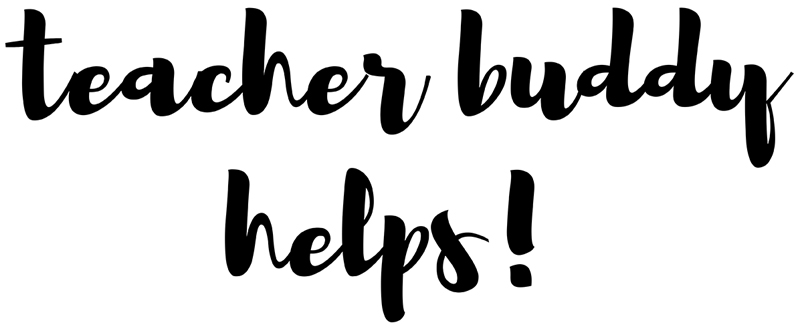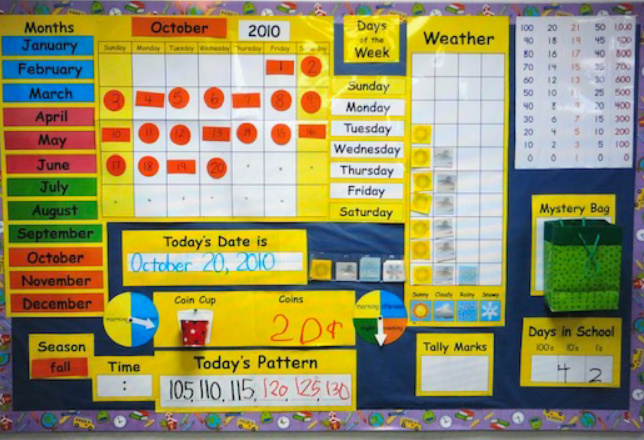7 Highly Effective Instructional Practices to Increase Student Engagement and Impress Your Principal

**
I’m sure you’re wondering, are there really 7 highly effective practices that I don’t know about yet? Well, yes and no. There are indeed seven highly effective practices, but you may have heard of a few of them (or maybe all).
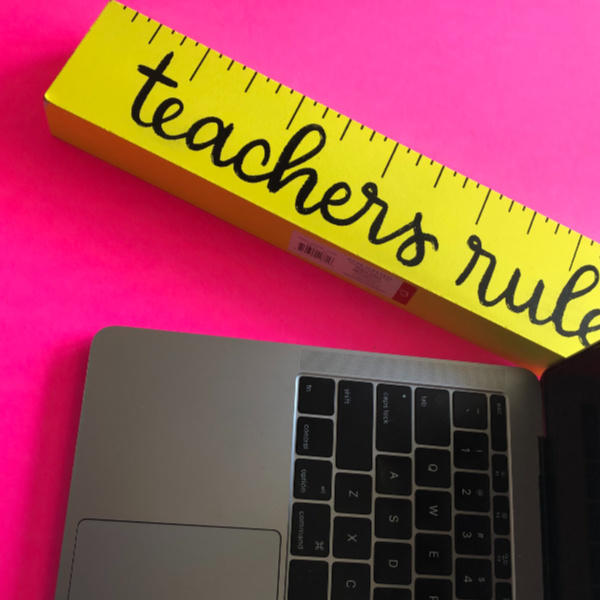
It never hurts to review what has been proven to be effective in order to ensure that we are incorporating them into our teaching.
Before we head into the list, you may want to snatch a copy of my FREE download on 101 Teacher Tips here:
**
So, here’s the quick list of the seven highly effective instructional practices, and then I will write a tad bit about each one afterward.
THE SEVEN HIGHLY EFFECTIVE INSTRUCTIONAL PRACTICES
- WAIT TIME
- PARTNER SHARING
- QUICK WRITES
- GUIDED “MARKING THE TEXT“
- SHARING CORNELL NOTES
- RANDOM SELECTION OF RESPONDERS
- THREE QUESTION POP QUIZ
Z ES
Before we get into Instructional Practices, you need to be sure your classroom routines have all been taught explicitly. If you want a set of Classroom Routines you can easily download, click the box below and I will zip it over to your email account.
**
THE DETAILS
Below I will list each highly effective practice and tell you what they are and why they are effective. Some are not effective for primary grades and you will see why as you read about each.
1. WAIT TIME
I am fairly sure that all of you have heard about using wait time during your college teacher training programs. But have you been implementing it? In a nutshell, wait time is a PAUSE that you incorporate in your instruction after you have asked the class a question.
This pause needs to be about 15-30 seconds. The reason you pause is to allow students to think of an answer to your question. Be sure, when asking the question, to not say a student’s name before the question. Because you want ALL THE STUDENTS to be thinking of the answer.
Students need the time for their brain to hear the question, process the question, and finally, recall the information and determine the answer.
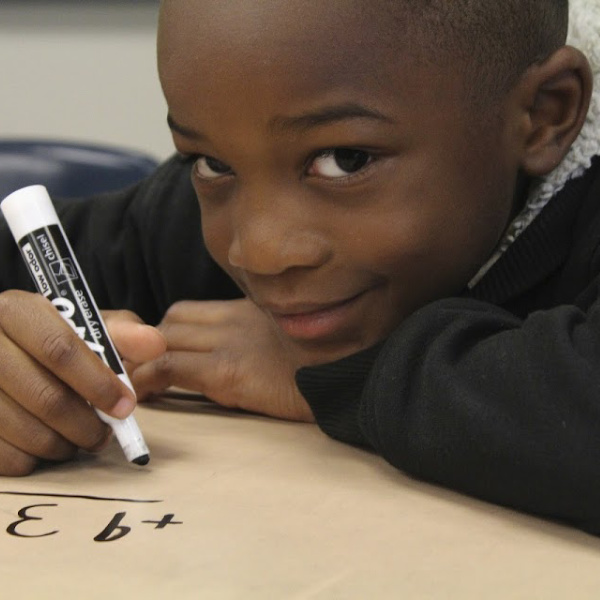
2. PARTNER SHARING
Partner sharing is an excellent instructional strategy. Also known as pair/share, it can be used in any content instruction, in test prep, in reviewing procures and rules and many other ways.
I have an entire article written about this topic, so to read more on it, go to:
How to Use Effective Partner Sharing as an Instructional Strategy.
3. QUICK WRITES
Many teachers use this strategy to assess how much students have learned either during the lesson or about the topic. There are probably a variety of ways to do this.
The “quick write” I am thinking of entails asking students to write for 3-5 minutes only about a given topic. I believe this strategy works best from about 4th grade on up, being most effective in Junior High and High School.
Younger students struggle with writing in general, so you don’t want the actual “ability to write” to hinder the effectiveness of this strategy or cause some students undue anxiety.
By Junior High and older, students can usually get their thoughts down on paper. Whether or not it is grammatically correct with correct spellings is another issue altogether.
4. GUIDED “MARKING THE TEXT”
I purposely wrote “guided” in the title of this strategy because making this GUIDED IS CRUCIAL in order for students to learn the process. Of course, after they have learned it you can allow them to begin doing this independently or with a partner.
The TE for the Language Arts publishers should have ideas for “marking the text” and searching for information. Or possibly, your district or grade level has determined a procedure for how this is to be taught to district students.
Students should be able to use this strategy from about mid-second grade on. I personally wouldn’t teach it to second graders at the beginning of the year.
There are various ways this can be done; you can copy the page from their anthology or you can place a plastic sheet over the text itself. An easy and cheap way to do this would be to cut open a sheet protector.
Students mark the text for: the main idea, key vocabulary words, places where they have questions, and a number of other items. Marking the text can be adapted for what they are learning, such as; cause and effect, inferences, primary source vs secondary source, to summarize, clarify, find evidence, etc.
There are NUMEROUS EXAMPLES OF CHARTS and items on both Google and Pinterest if you want/need to learn more.
5. CORNELL NOTES (AND SHARING THEM)
Cornell
Students use the smaller section to mark if they have a question or to highlight key information. The larger section is for the note taking, the header it for the name of the subject & lesson, the date, and a key question or the learning objective.
In my opinion, one of the most powerful uses in Cornell notes is when teachers allow students to “compare notes” to help each other fill in any gaps in their own note-taking. You can do this with partners or groups of three. I wouldn’t do this Cornell note sharing with a whole table because it would take too long.
6. RANDOM SELECTION OF RESPONDERS
It is imperative for teachers to use a system for random selection when calling on students to answer questions. When students don’t know who you will be calling on, they all pay better attention and are thinking of answers to your questions throughout the lesson.
If you say the name of a student before you ask a question, all the other students have now zoned out (since they know they are not responsible for the answer to this question).
There are numerous types of products you can use for random selection. You can use names on popsicle sticks, on tags that you keep on a key chain or necklace, on a deck of cards (write student names on the non-face side in a heavy black permanent marker, and there is even a phone app that generate random numbers (for this one students would need to have numbers assigned, of course).
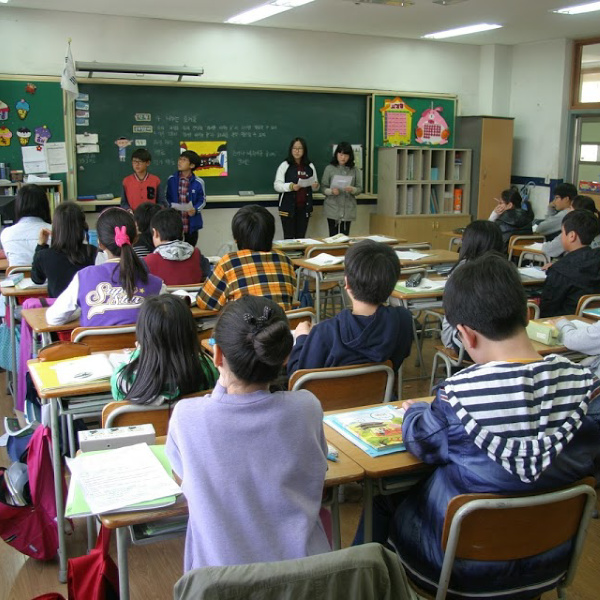
7. THREE QUESTION POP QUIZZES
I used this strategy when I taught sixth grade and it worked really well. For Social Studies and Science I would have students write one or two questions at the end of each chapter on a small piece of paper.
These were then folded up and placed in a big jar. Then two or three times each quarter I would hand out a sheet of notebook paper and say, “POP QUIZ.”
The students knew this meant I would be using three questions from the jar to give a quiz.
Before we began this during the first quarter, we discussed as a class what would be a good question, what would be too difficult or lengthy for a “Pop Quiz,” and also discussed what would make good questions.
So, now that you’ve heard my top 7 Effective Instructional Practices, tell me one or two of yours. I’d love to write about them as well.
Your Teacher Buddy
